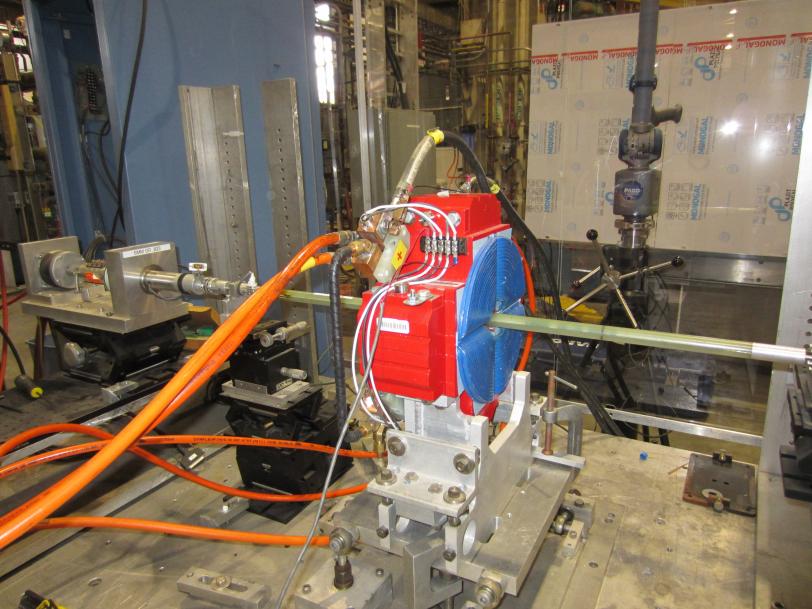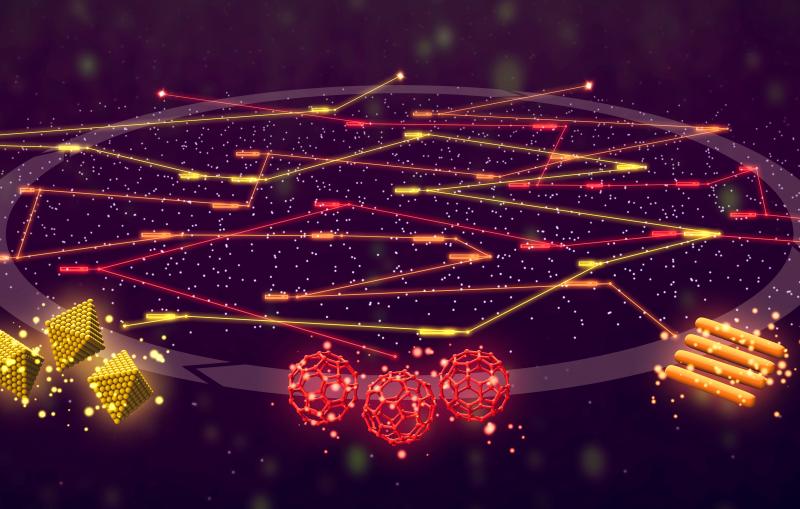Researchers model accelerator magnets' history using machine learning approach
Knowing a magnet’s past will allow scientists to customize particle beams more precisely in the future. As accelerators stretch for higher levels of performance, understanding subtle effects, such as those introduced by magnetic history, is becoming more critical.
By David Krause
After a long day of work, you might feel tired or exhilarated. Either way, you are affected by what happened to you in the past.
Accelerator magnets are no different. What they went through – or what went through them, like an electric current – affects how they will perform in the future.
Without understanding a magnet’s past, researchers might need to fully reset them before starting a new experiment, a process that can take 10 or 15 minutes. Some accelerators have hundreds of magnets, and the process can quickly become time-consuming and costly.
Now a team of researchers from the Department of Energy’s SLAC National Accelerator Laboratory and other institutions have developed a powerful mathematical technique that uses concepts from machine learning to model a magnet’s previous states and make predictions about future states. This new approach eliminates the need to reset the magnets and results in improvements in accelerator performance immediately.

“Our technique fundamentally changes how we predict magnetic fields inside accelerators, which could improve the performance of accelerators across the world,” SLAC associate scientist Ryan Roussel said. “If the history of a magnet isn’t well-known, it will be difficult to make future control decisions to create the specific beam that you need for an experiment.”
The team’s model looks at an important property of magnets known as hysteresis, which can be thought of as residual, or leftover, magnetism. Hysteresis is like the leftover hot water in your shower pipes after you have turned the hot water off. Your shower will not immediately become cold – the hot water that is left in the pipes must flow out of the showerhead before only cold water is left.
“Hysteresis makes tuning magnets challenging,” SLAC associate scientist Auralee Edelen said. “The same settings in a magnet that resulted in one beam size yesterday might result in a different beam size today due to the effect of hysteresis.”
The team’s new model removes the need to reset magnets as often and can enable both machine operators and automated tuning algorithms to quickly see their present state, making what was once invisible visible, Edelen said.
Ten years ago, many accelerators did not need to consider sensitivity to hysteresis errors, but with more precise facilities like SLAC's LCLS-II coming online, predicting residual magnetism is more critical than ever, Roussel said.
The hysteresis model could also help smaller accelerator facilities, which might not have as many researchers and engineers to reset magnets, run higher-precision experiments. The team hopes to implement the method across a full set of magnets at an accelerator facility and demonstrate an improvement in predictive accuracy on an operational accelerator.
This research was supported by the U.S. Department of Energy’s Office of Basic Energy Sciences. The SLAC Metrology group and the Advanced Photon Source also supported this work.
Citation: Roussel, Edelen, et al., Physical Review Letters, 17 May 2022 (10.1103/PhysRevLett.128.204801)
Contact
For questions or comments, contact the SLAC Office of Communications at communications@slac.stanford.edu.
SLAC is a vibrant multiprogram laboratory that explores how the universe works at the biggest, smallest and fastest scales and invents powerful tools used by scientists around the globe. With research spanning particle physics, astrophysics and cosmology, materials, chemistry, bio- and energy sciences and scientific computing, we help solve real-world problems and advance the interests of the nation.
SLAC is operated by Stanford University for the U.S. Department of Energy’s Office of Science. The Office of Science is the single largest supporter of basic research in the physical sciences in the United States and is working to address some of the most pressing challenges of our time.





